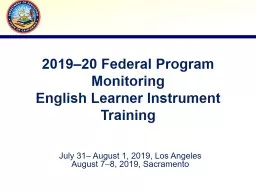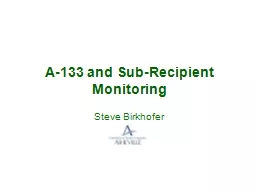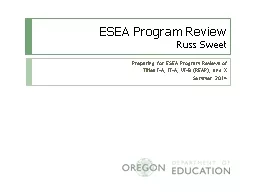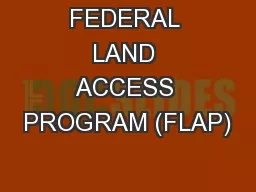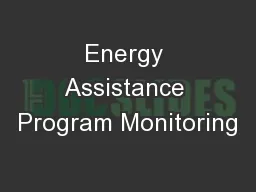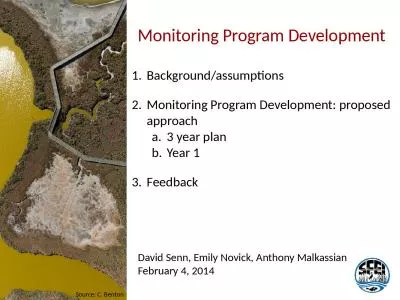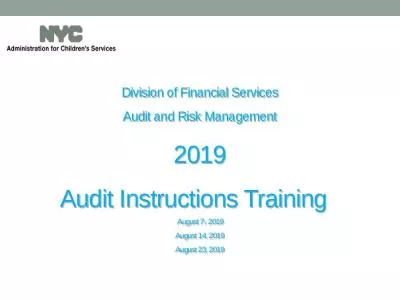PPT-2019–20 Federal Program Monitoring
Author : liane-varnes | Published Date : 2019-12-02
201920 Federal Program Monitoring English Learner Instrument Training July 31 August 1 2019 Los Angeles August 78 2019 Sacramento Presentation Objectives Demystify
Presentation Embed Code
Download Presentation
Download Presentation The PPT/PDF document "2019–20 Federal Program Monitoring" is the property of its rightful owner. Permission is granted to download and print the materials on this website for personal, non-commercial use only, and to display it on your personal computer provided you do not modify the materials and that you retain all copyright notices contained in the materials. By downloading content from our website, you accept the terms of this agreement.
2019–20 Federal Program Monitoring: Transcript
Download Rules Of Document
"2019–20 Federal Program Monitoring"The content belongs to its owner. You may download and print it for personal use, without modification, and keep all copyright notices. By downloading, you agree to these terms.
Related Documents

